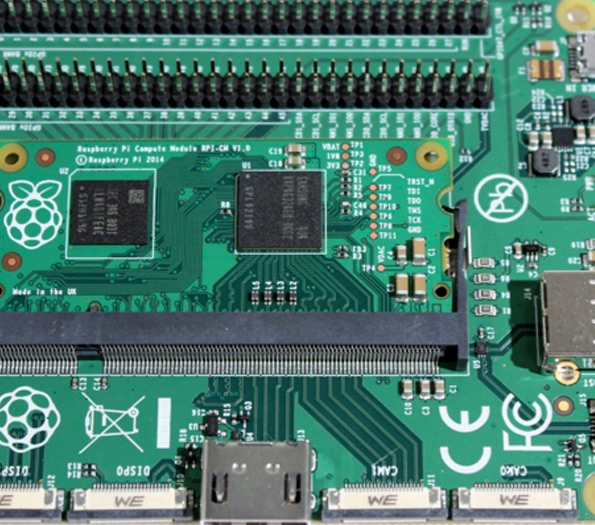

The Fascinating World of Frosted Glass That Changes to Clear
In the realm of modern design and architecture, innovation often meets functionality in fascinating ways. Among the most intriguing advancements is the development of frosted glass that can transform into clear glass at the touch of a button. This technology, often referred to as switchable or smart glass, has begun to revolutionize the way we perceive privacy, aesthetics, and energy efficiency in our living and working spaces.
Frosted glass has long been appreciated for its ability to diffuse light while maintaining a measure of privacy. It is commonly used in bathrooms, office partitions, and conference rooms where glare must be reduced, and personal space respected. However, traditional frosted glass comes with the downside of being permanently opaque, limiting light penetration and the open feel of a room. This is where switchable glass comes into play, offering a seamless blend of transparency and opacity.
The Fascinating World of Frosted Glass That Changes to Clear
One of the most remarkable applications of switchable frosted glass is in the context of residential design. Imagine a spacious living area that can instantly transform from an open, airy environment to a cozy, private sanctuary with just a flick of a switch. Homeowners can enjoy natural light during the day and transform their space into a more intimate setting in the evening without the need for cumbersome curtains or blinds. Moreover, this dual functionality helps in maintaining the aesthetic integrity of a home, as there are no additional elements that might clutter or overwhelm the visual design.

In commercial spaces, the practicality of this technology is equally compelling. For instance, office spaces that employ switchable glass can enhance collaboration while preserving confidentiality. Conference rooms can quickly go from a transparent space that invites teamwork and brainstorming to a private setting for sensitive discussions. This adaptability not only boosts productivity but also creates a more engaging and effective workplace environment.
Switchable glass also contributes to energy efficiency. By controlling the amount of natural light entering a space, users can significantly reduce their reliance on artificial lighting and heating, thereby lowering energy costs. The ability to switch between frosted and clear states can also aid in climate control, reducing the need for excessive air conditioning on hot days by allowing for the regulation of sunlight penetration.
As with any emerging technology, some challenges remain. The cost of installation for switchable glass can be higher than traditional options, and the long-term durability of the electrical components must be factored into maintenance plans. However, as demand for smart home features and energy-efficient solutions continues to rise, advancements in manufacturing processes and reductions in material costs are likely to make this technology more accessible to the average consumer.
In conclusion, the advent of frosted glass that transitions to clear represents a remarkable intersection of technology and design. This innovative solution not only enhances privacy and aesthetic appeal but also supports energy efficiency in various environments. As we continue to explore the possibilities of smart materials, the future of interior design and architecture holds exciting prospects that blend utility with elegance, transforming the spaces we inhabit and how we interact within them. The potential to control one’s environment at will is a liberating concept, one that promises a more adaptable and responsive living experience.